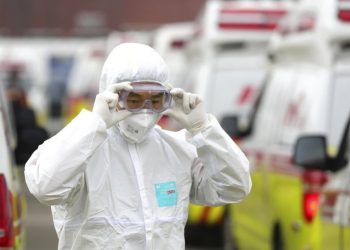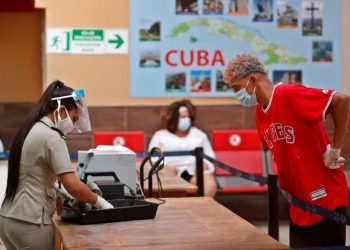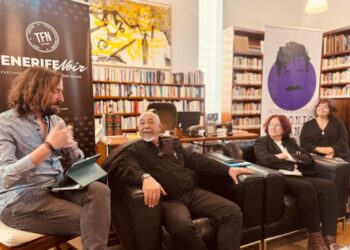Will there be a second wave of COVID-19?
Help us keep OnCuba alive here If we want to be brief, the answer is “we don’t know.” Still, we can look at what has happened in other similar situations. Last century there were three influenza pandemics. The one in 1918 was the deadliest. It developed in three waves: in the spring of 1918, in the autumn of that year and in the winter of 1919. The second one was really virulent and deadly, during which 64% of deaths occurred. In reality, the first wave was the least strong: it was responsible for 10% of the deaths from that pandemic. In the second wave, changes in the virus genome have been documented that could explain why it was more virulent. In 1957, a new influenza virus appeared that caused the “Asian flu,” which also occurred in three epidemic waves: the first in the spring-summer of 1957 and with a relatively low incidence, the second in early 1958 and the third in winter between 1958 and 1959. Mortality was highest in the second two waves. Ten years later, in 1968, a new flu virus caused the so-called “Hong Kong flu,” whose spread was slower and more irregular: it started in autumn-winter...





